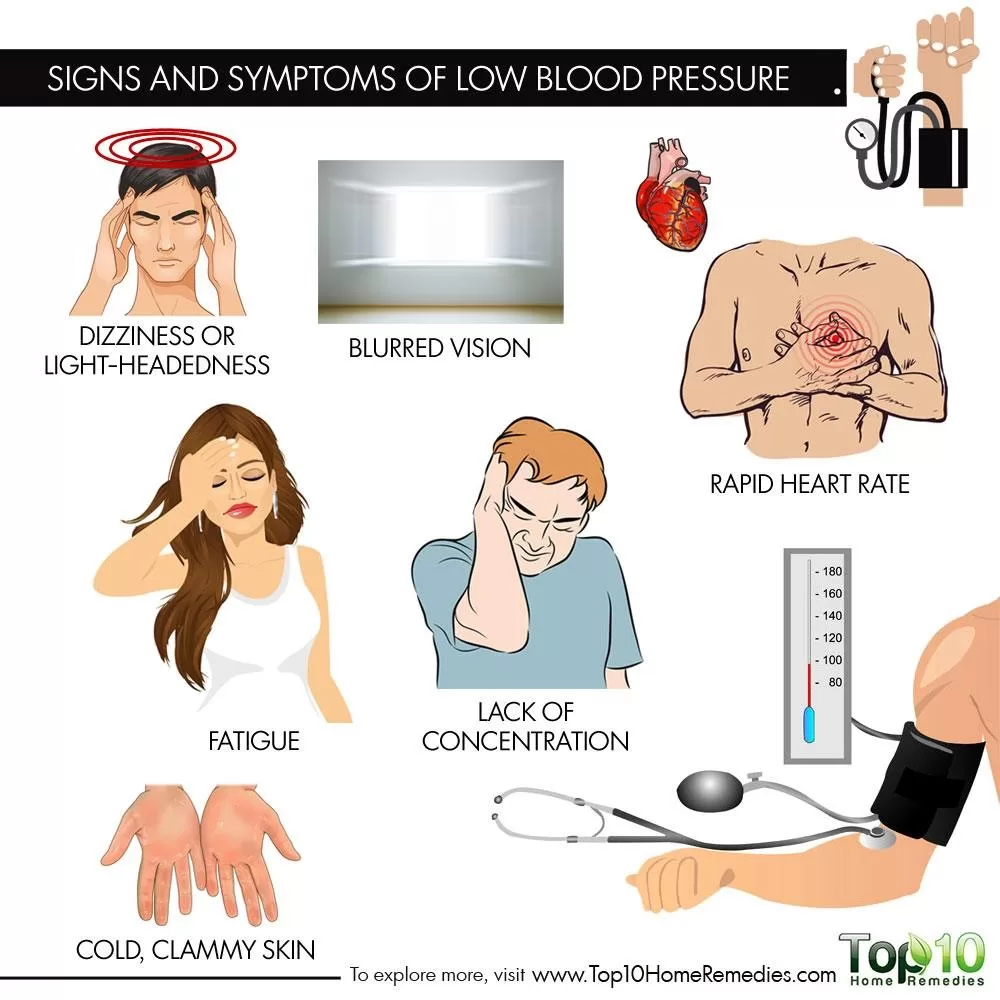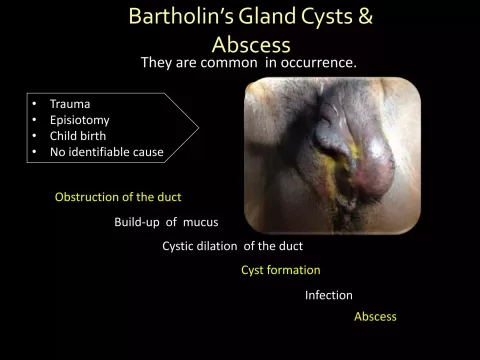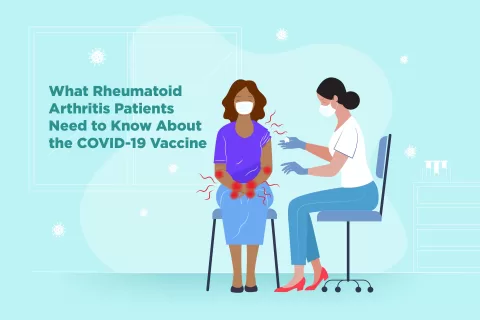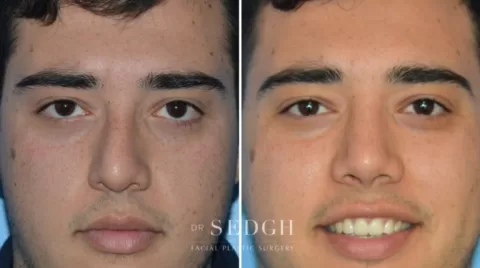Low blood pressure, or hypotension, is a condition that many people overlook, often assuming that lower readings are always better. However, low blood pressure can lead to various symptoms that may disrupt daily life and warrant medical attention. With causes ranging from dehydration to severe health issues, understanding the signs and symptoms of low blood pressure is essential for timely intervention. For some individuals, especially during pregnancy, monitoring blood pressure becomes even more crucial to ensure the health of both mother and child. This guide will explore not only the symptoms and causes of hypotension but also effective treatment options to help manage low blood pressure and improve your overall well-being.
Hypotension, commonly referred to as low blood pressure, is a medical condition characterized by blood pressure readings that fall below the normal range. Individuals may experience a variety of symptoms associated with this condition, including dizziness, fatigue, and fainting spells. Understanding the underlying causes of hypotension is vital, as they can range from simple dehydration to more serious health concerns. Additionally, appropriate treatment for low blood pressure is essential to alleviate symptoms and restore balance. This article aims to provide a comprehensive overview of low blood pressure, its implications, and management strategies for those affected.
Understanding the Symptoms of Low Blood Pressure
Low blood pressure, or hypotension, can present a range of symptoms that vary in severity. Common signs include dizziness and lightheadedness, particularly noticeable when standing up quickly after sitting or lying down for extended periods. This sudden drop in blood flow to the brain can lead to fainting, which is a serious concern that often requires immediate medical evaluation. Other symptoms such as fatigue and weakness may indicate that the body is not receiving adequate blood flow, affecting overall energy levels and daily activities.
In addition to dizziness and fatigue, individuals with low blood pressure may experience nausea and blurred vision. These symptoms may occur when the brain is deprived of oxygen-rich blood, signaling a need for urgent medical assessment. In severe cases, patients might exhibit signs of shock, including confusion, rapid heartbeat, and clammy skin. Understanding these symptoms is crucial for timely intervention, as low blood pressure can sometimes result in life-threatening situations.
Causes of Low Blood Pressure: What You Need to Know
Several factors can contribute to low blood pressure, making it essential to understand the underlying causes. Dehydration is a primary contributor, particularly when individuals lose significant fluids through vomiting, diarrhea, or intense exercise. This loss reduces blood volume, leading to lower blood pressure readings. Other common causes include prolonged bed rest, which can decrease circulation, and significant blood loss due to injury or surgical procedures, both of which can dramatically impact blood pressure levels.
Medications can also play a significant role in hypotension. Many individuals on antihypertensive drugs, diuretics, or certain antidepressants may experience side effects that lower blood pressure. Furthermore, underlying health conditions such as hormonal imbalances, severe infections like septicemia, or heart problems can exacerbate the situation. Recognizing these causes is vital for determining the necessary treatment approach and ensuring proper management of low blood pressure.
Effective Treatment Options for Low Blood Pressure
Treating low blood pressure often revolves around identifying and addressing its root causes. For many individuals, increasing fluid and salt intake can effectively raise blood pressure levels. This can be accomplished through dietary adjustments, such as consuming electrolyte-rich fluids and salty snacks, but it’s essential to follow healthcare provider recommendations to avoid complications. Additionally, wearing compression stockings can prevent blood from pooling in the legs, improving circulation and stabilizing blood pressure.
In more severe cases, medications may be necessary to manage hypotension effectively. These prescriptions can help raise blood pressure in individuals experiencing persistent symptoms or those with underlying health conditions that contribute to low blood pressure. Lifestyle changes, including establishing a regular exercise routine and maintaining a balanced diet, are also critical components of managing this condition. By adopting these strategies, individuals can better manage their blood pressure and enhance their overall well-being.
Low Blood Pressure During Pregnancy: What to Watch For
Pregnancy often brings about various physiological changes, including fluctuations in blood pressure. Hormonal shifts and increased blood volume can lead to hypotension, especially in the first and second trimesters. Pregnant women may experience symptoms like dizziness or faintness more frequently, making it essential to monitor blood pressure regularly. Awareness of these changes is crucial for ensuring both maternal and fetal health, as maintaining appropriate blood pressure levels is vital during this critical period.
Expectant mothers should be vigilant about any concerning symptoms, such as persistent dizziness or fainting spells, and seek medical advice promptly. Healthcare providers can offer tailored guidance on managing low blood pressure, including dietary recommendations and lifestyle adjustments. By understanding the implications of low blood pressure during pregnancy, women can take proactive steps to safeguard their health and that of their developing baby.
Emergency Situations: What to Do When Low Blood Pressure Strikes
In emergency situations where low blood pressure drops suddenly and severely, immediate action is crucial. Symptoms such as confusion, rapid breathing, and clammy skin may indicate a serious condition requiring prompt medical intervention. Lying down and elevating the legs can help improve blood flow to the brain, providing temporary relief until professional help arrives. It’s important for individuals to recognize these severe symptoms and act quickly to avoid further complications.
Additionally, maintaining open communication with healthcare professionals about any history of low blood pressure can empower individuals to respond appropriately during emergencies. While self-care measures may alleviate mild symptoms, persistent or severe cases necessitate urgent medical attention. Understanding these emergency protocols can save lives and prevent serious health consequences associated with hypotension.
Frequently Asked Questions
What are the common symptoms of low blood pressure?
Low blood pressure symptoms, or hypotension symptoms, can include dizziness, lightheadedness, fatigue, nausea, blurred vision, and fainting. These symptoms occur when blood flow to the brain is insufficient, particularly during sudden position changes.
What causes low blood pressure during pregnancy?
Low blood pressure in pregnancy can be attributed to hormonal changes and increased blood volume. As the body adapts to these changes, blood pressure may drop. Monitoring is essential to ensure both mother and baby remain healthy.
What treatments are available for low blood pressure?
Treatment for low blood pressure typically involves increasing fluid and salt intake, wearing compression stockings, and, in some cases, medications to elevate blood pressure. Lifestyle changes such as regular exercise and a balanced diet also play a crucial role.
How can I manage emergency low blood pressure situations?
In cases of emergency low blood pressure, it’s important to lie down and elevate your legs to improve blood flow to the brain. If symptoms persist or are severe, seek immediate medical assistance to address the underlying issue.
What are some common causes of low blood pressure?
Hypotension causes can range from dehydration and blood loss to prolonged bed rest and certain medications. Underlying health conditions such as hormonal imbalances or heart problems can also contribute to low blood pressure.
| Key Point | Description |
|---|---|
| Symptoms | Symptoms of low blood pressure include dizziness, fatigue, nausea, blurred vision, and fainting. |
| Causes | Causes of low blood pressure include dehydration, prolonged bed rest, blood loss, medications, and underlying health conditions. |
| Treatment Options | Treatment typically involves increased fluid and salt intake, compression stockings, and medications if necessary. |
| Age-Related Considerations | Older adults may experience fluctuations in blood pressure due to medication side effects or health issues. |
| Pregnancy | Pregnant women should monitor blood pressure closely due to hormonal changes and increased blood volume. |
| Emergency Treatments | In emergencies, lying down and elevating legs can improve blood flow; seek medical help for severe symptoms. |
Summary
Low blood pressure, or hypotension, is a condition that can lead to various symptoms such as dizziness, fatigue, and fainting, necessitating awareness and management strategies. Understanding low blood pressure involves recognizing its symptoms, causes, and potential treatments to maintain overall health. While it often does not pose serious risks for many, individuals experiencing symptoms should consult healthcare professionals for personalized advice. Regular monitoring, especially during significant life changes like aging and pregnancy, is essential for preventing complications associated with low blood pressure.
The content provided on this blog (e.g., symptom descriptions, health tips, or general advice) is for informational purposes only and is not a substitute for professional medical advice, diagnosis, or treatment. Always seek the guidance of your physician or other qualified healthcare provider with any questions you may have regarding a medical condition. Never disregard professional medical advice or delay seeking it because of something you have read on this website. If you believe you may have a medical emergency, call your doctor or emergency services immediately. Reliance on any information provided by this blog is solely at your own risk.








low blood
I dugg some of you post as I thought they were very beneficial very beneficial